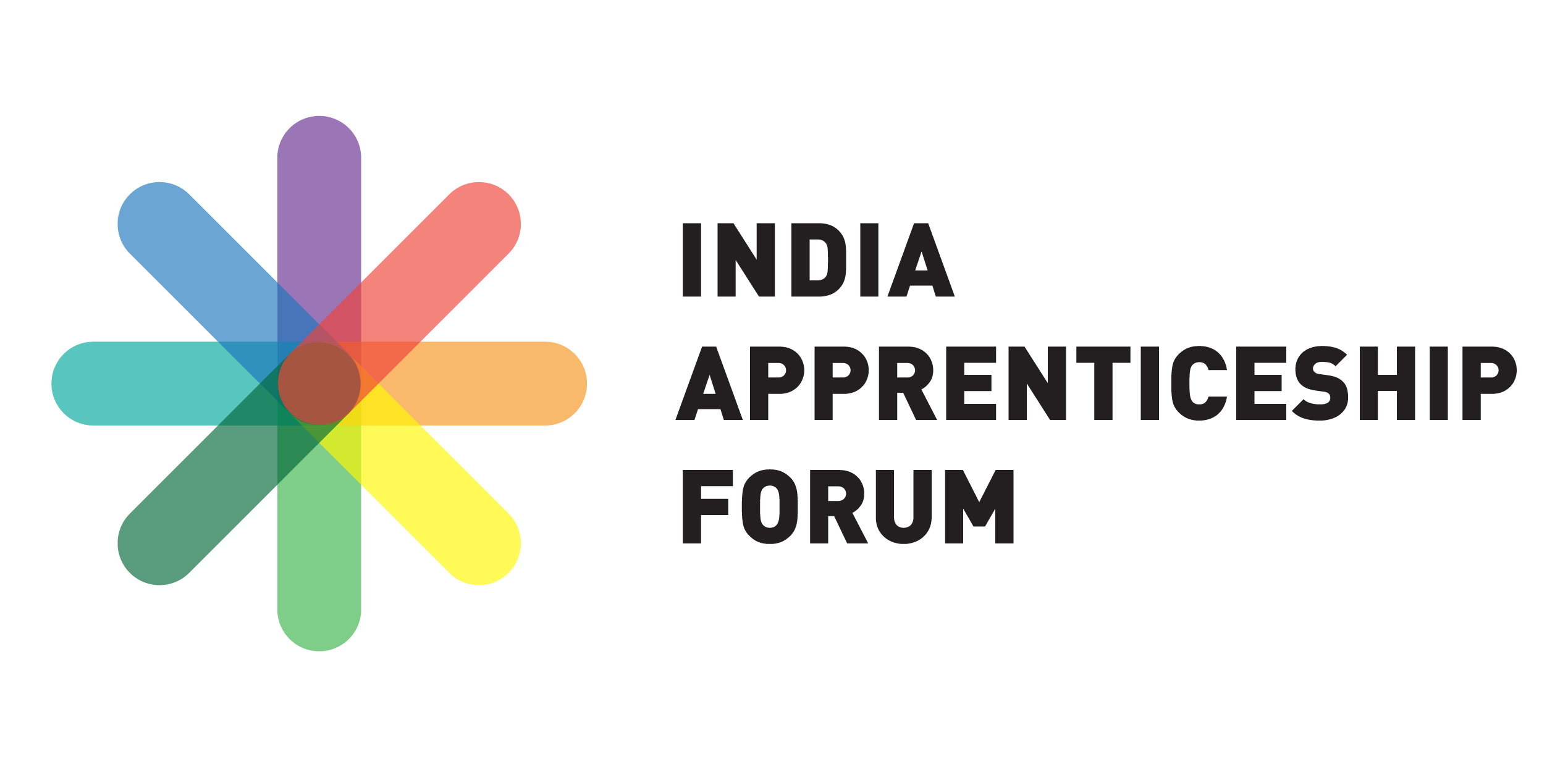What does the empirical evidence say of the relationship between skills, education and wages in India?
While a juggernaut of vocational training and education rolls out through various policies and schemes, what does it mean for India’s demographic advantage? Over half of India’s population is below the age of 25 and 62% in the working-age group (15-59 years). The effect of technical and vocational education and training (TVET) on future employability and wages of Indian youth is the litmus test which will determine how well we have harnessed our youth power.
What the Data Says
Worldwide, vocational education and training have played a pivotal role in a smooth school-to-work transition of young people. It is a widely held belief that investing in skills and education pays; driving economic growth by placing more youth into decent work.
Many empirical studies, from both developing and mature countries, show a positive correlation between vocational education, employability, likelihood of employment and earnings of individuals receiving TVET. Let’s look at data from an important study on the effects of skilling and vocational training in India. The research analysed nationally representative 68th round of National Sample Survey Office (NSSO) data, and found that overall, formal vocational training leads to increased earnings. More specifically:
- An urban Indian male has better access to vocational and skills training. This finding corroborates our other articles which have asked Are Apprenticeships and Vocational Training Equal Opportunity Providers? and examined how to Skill Rural India .
- A 4.7% wage increase of a formally TVET trained individual was seen in the overall economy compared to someone with no training at all. The higher earnings potential was juiciest in the primary sector where vocationally trained persons saw a sizeable 37% wage increase. Similarly, formal vocational training in the secondary sector raised earnings by 17.6%. The effect of formal training on wages in the tertiary sector though was found to be insignificant. This signals a greater need for Indian employers in the services sector, the largest sector in the country contributing over 60% to the economy and employing 35% of the working population, to place more value on formal training certificates.
Also read: Women in India – Unleashing Economic Power
Using the same NSSO dataset, other Indian studies have found increased worker participation in manufacturing by those who have received formal TVET. Yet another study, using the Mincer earnings method (a model explaining income as a corollary of schooling and experience), found higher relative returns to vocational education compared to general secondary education. Average daily wages of formally trained individuals were significantly higher than their informally trained counterparts indicative of the benefits of formal TVET in increasing earnings potential.
These analyses are suggestive of positive economic returns from formal vocational skills training and education thereby making a strong case for investing in national skilling initiatives.
What Can be Better
The challenges and opportunities are huge when less than 5% of the country has received any formal vocational training. It gets worse for the apprenticeship sub-set of the skilling eco-system. Only .1-.2% of our organised workforce includes apprentices. A first-of-its kind report on apprenticeship stipends in India shows an overwhelming 41% wage premium for apprentices over stipulated minimum wages across sectors and cities.
Moreover, a majority of India’s skilling is informal, in the form of passing down of generational skills or self-learning. With little formal recognition of such skills the potential to attract higher wages is highly diminished. “India can’t grow as a society on lower wages or on a wage advantage. The next stage of growth for India can only come through [skills-based] higher productivity,” says Joint Secretary Ministry of Skill Development and Entrepreneurship, Rajesh Aggarwal.
The same study cited above also finds a delink between skills acquired from TVET and subsequent employment, highlighting how crucial it is to make skills training labour market demand based.
The Education Link
Although TVET trained individuals command higher wages in general, the value of a good traditional education cannot be easily discounted. A person’s chances of getting formally trained increases with any level of formal education compared to the illiterate. Correspondingly, the more the level of education the greater the propensity to take up formal training (as opposed to informal training). And being formally trained, as we know, greatly enhances chances of becoming part of an organised workforce. This has huge economic implications in the Indian context where over 90% of the workforce is informal with no job security or social protection.
Which brings us to the crucial safety net that vocational education can provide for school leavers less inclined towards mainstream education. Vocational skills if introduced early enough in Indian schools can well curb students dropping out which peaks at 17% at the secondary school level.
Similarly, to cite from international data, TVET is central to achieving two major education goals of Europe 2020; in reducing early school dropouts to less than 10% and a 40% increase in the participation rate of young adults in post-secondary education.
Linking it Up
The supporting evidence we hope encourages us to think deeper into the positive correlation between skills, education and labour market outcomes such as increased employability leading to higher earnings. As India rolls out the red carpet for skills training linking all three components is key to success on the ground.














